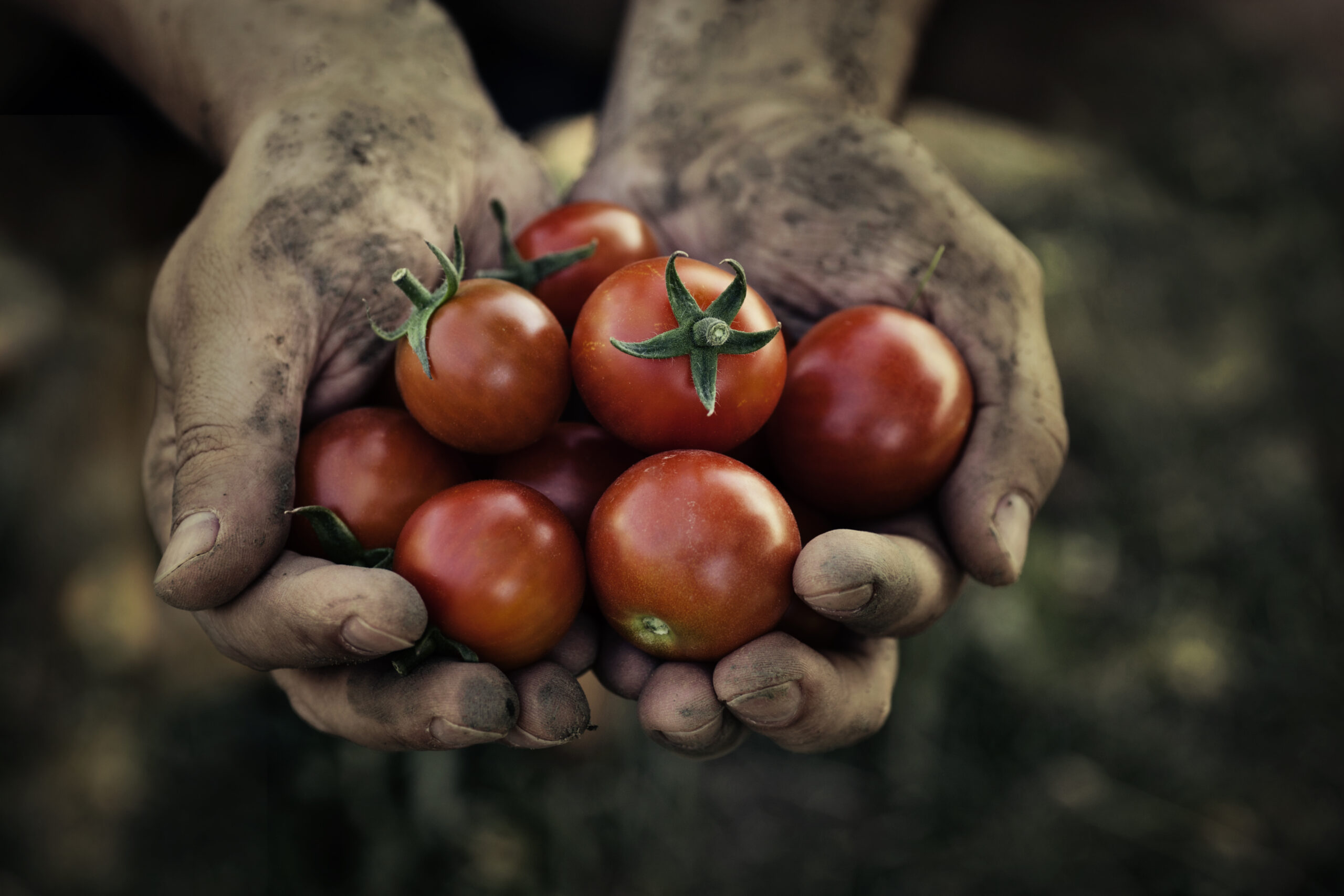Rockgas LPG enriches tomato growth for Gourmet Mokai

We know LPG is reliable, highly efficient, and offers big savings over electricity. But less well known are the benefits LPG can provide to increase the growth and productivity of greenhouse tomatoes, and in a big way.
Located 30km north west of Taupo, Gourmet Mokai grows and markets Hydroponic Tomatoes and capsicums across 11.5 hectares of glasshouses. In 2002 the company started with a 5.5-hectare state-of-the-art climate controlled glasshouse to grow produce for export to Japan, Australia and NZ.

Using hydroponics, each plant is individually fed with water and fertiliser and pollinated via bumble bees. Plant growth is further enhanced by heating the glasshouse using steam from the Mokai geothermal steam field. An LPG boiler has recently been installed to function as a back-up system for geo-thermal energy and supply extra CO2 in periods of high CO2 demand.
Daniel Fosyth, Rockgas Key Account Manager said, “The benefits of clean burning and heat efficient LPG provided Rockgas with the opportunity to team up with Gourmet Mokai to supply and install a brand new 6MW LPG fired hot water boiler.
How does LPG assist photosynthesis?
“While a number of NZ growers use other sources than LPG, for Gourmet Mokai it’s a no brainer. While they are working hard to bring the best tasting Campari tomatoes on the market, Rockgas is working with them to do this in the most efficient way, which has created a really positive and winning partnership,” added Daniel.

Carbon dioxide (CO2) is an essential component of photosynthesis (also called carbon assimilation).
Photosynthesis is a chemical process that uses light energy to convert CO2 and water into sugars in green plants. These sugars are then used for growth within the plant, through respiration.
“In greenhouse production the aim is to increase growth and economically optimise crop yield,” explained Daniel. “The Carbon dioxide (CO2) produced by the LPG increases productivity through improved plant growth and does improve shelf life and taste. The use of CO2 will give about a 20% increase in production.
“When LPG burns, not only CO2 is produced, but also heat is generated that can supplement the normal heating system. The heat provided by the back-up boiler gives heating certainty during the period that geo-thermal is down for maintenance. While incomplete combustion or contaminated fuels may cause plant damage, LPG gas boilers are ideal because they burn cleanly, allowing safe flue gas induction into the greenhouse,” explained Daniel.
The Temperature, humidity and light intensity are continuously monitored by a high-tech computer system. The growing environment that the computer system monitors also controls CO2 conditions which are lifted to the recommended range of 600ppm to increase photosynthesis and plant growth.

Bumblebees in greenhouses
Computers controlling the ventilation, humidity, carbon dioxide levels and heating within the glasshouses ensure the temperature stays between 18C and 27C inside, depending on the crop.
As for the bumble bees, they thrive in these conditions.
“When we think of flowers being pollinated, we generally think of honeybees, but in many ways bumblebees are superior pollinators especially in case of tomatoes where honeybees can’t reach the nectar. In fact, approximately 95% of current, global commercial bumblebee use is in greenhouses,” said Daniel.

Rockgas’ presence at the site